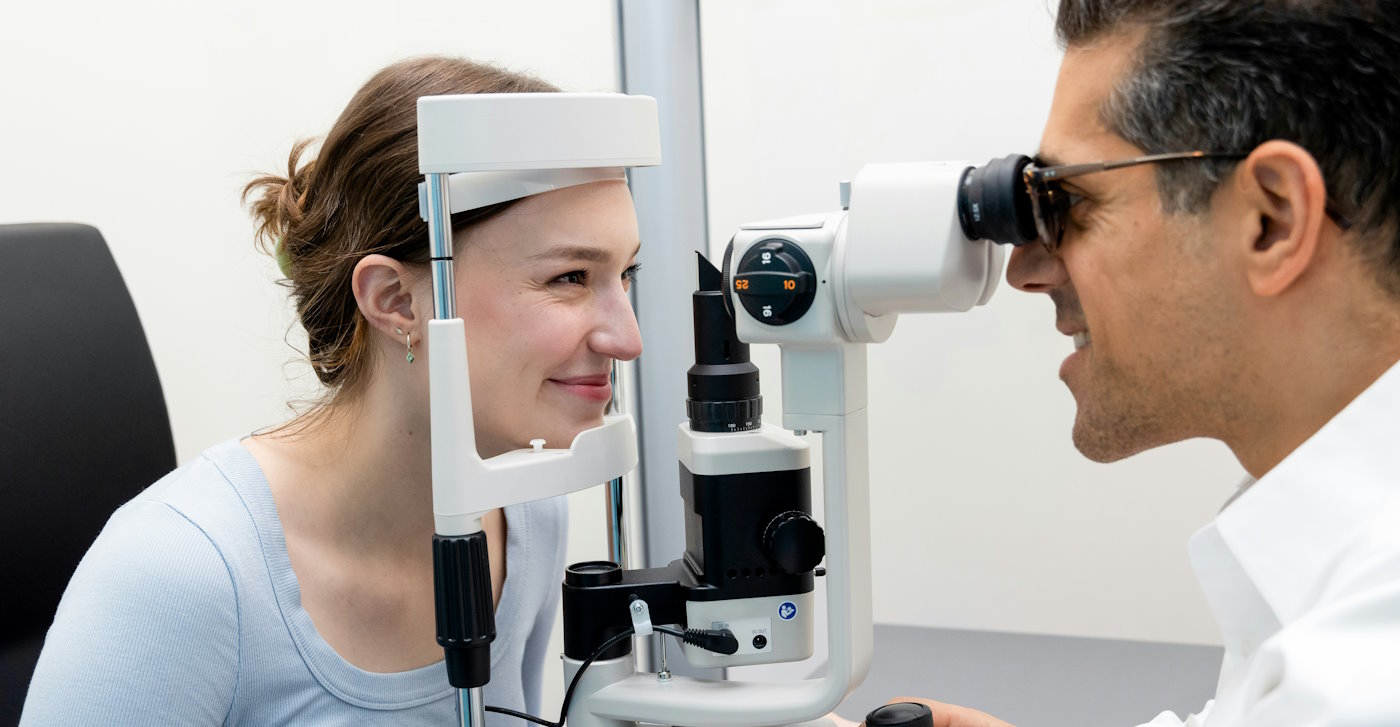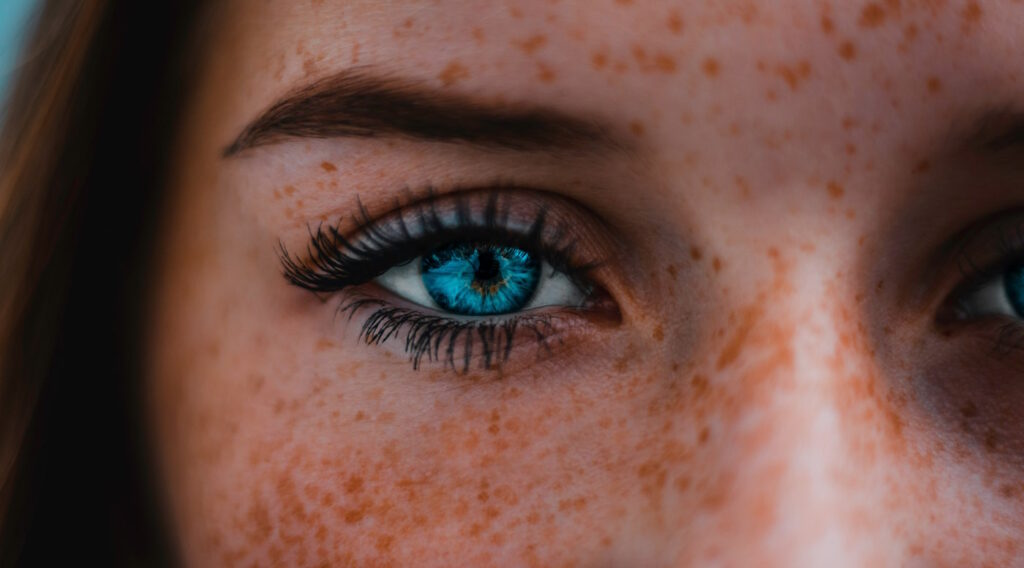Your eyelashes play a vital role in your overall eye health. Aside from highlighting your eyes and attracting gazes, your eyelashes keep dust, dirt, and debris from entering your eyes. They have an important job.
It’s normal for eyelashes to grow directly outwards away from your eyes, but for some, eyelashes grow in the wrong direction. The medical term for this is trichiasis. In this article, we’re going to dive deeper into the trichiasis condition, breaking down the causes, symptoms, treatments and more.
What is Trichiasis?

Most common in the lower eyelids, trichiasis occurs when your eyelashes grow inwards toward your eye. Aside from looking strange, this completely unpreventable condition can cause serious irritation. When growing inwards, eyelashes tend to scrape against the cornea, the conjunctiva, and the inside of the eyelids. The cornea is the clear, frontal section of the eyeball that’s used for focusing, and the conjunctiva is a tissue that produces tears.
While the irritation and strange look is one thing, inward growing eyelashes can cause serious problems if left untreated, such as degraded vision and even blindness.
Symptoms to Watch For
If your eyelashes are growing inwards, it might be pretty obvious to you upon close inspection in the mirror. Or the eyelashes may be pointed so far in the wrong direction that they’re obstructing your eyesight. But in some cases, the issue is more subtle and less visible.
If you’re seeing redness around your eyelids or feeling irritation (as if something is stuck in your eye), that could be a sign of trichiasis. Excessive tears and watering of the eyes are another key indicator. Finally, you may also notice your eyes are overly sensitive to light.
If you notice any of these symptoms for whatever reason, visit your local optometrist for a proper diagnosis and treatment.
Why do Eyelashes Grow Inwards?

So what causes this annoying, irritating, and often problematic condition? An injury is one way, which can physically alter your eyes among other areas. Another main reason is age – our skin becomes less elastic as we get older, opening the door for inward growing eyelashes and other issues.
But the most likely cause of trichiasis is an infection or existing eye condition. Chronic swelling of the eyes known as blepharitis can easily point your eyelashes the wrong way. Trachoma is a common bacterial infection that can lead to inward growing eyelashes.
There are also specific conditions that can cause your eyelashes to grow inwards.
- Entropion is a condition where eyelids and eyelashes point towards the eye, causing the lashes to grow the wrong way. With this condition, both your lashes and the skin beneath will rub against and irritate the cornea.
- Distichiasis is a rarer condition that means someone has an extra set of eyelashes growing either above or beneath the standard set.
- Epiblepharon is a condition some people are born with where the eyelid muscle and surrounding skin produce a fold or crease, causing your lashes to point up rather than away from you.
- Herpes zoster eye disease is a condition that produces swelling, pain and vision problems.
Eyelash Growing Into Your Eye? Treatment Options

The first thing to do if you think your eyelashes are growing inwards or you’re experiencing symptoms is to visit your optometrist. They will run a standard comprehensive eye exam to determine the health of your eyes and how bad the trichiasis is or isn’t.
Sometimes a good solution involves simply plucking the misdirected hairs with tweezers, but this is considered a band-aid solution. These problem eyelashes will likely re-grow in the same wrong direction. But this option is quick, pain-free, and effective in the short term.
If the issue is serious, your eye doctor will refer you to an ophthalmologist for surgery. At that point, there will be a few options for treating your inward growing eyelashes.
One way uses an electric current to permanently remove the hair from the follicle, called electrolysis. Very cold gas can also do the job, in a procedure called cryoablation. Another way to fix trichiasis is with the direction of a precise laser. In more serious cases, plastic surgery is an option that some people are using to preserve their eyelashes instead of removing or destroying them.
Recovering from Trichiasis Treatment
Like any surgical procedure, you’re at risk of complications when treating trichiasis. Infection is always a threat, plus scarring and discolouration of the skin. But when it comes to recovery, expect just a couple days of rest. Then going forwards, you’ll have to take extra steps to protect your eyes from intense activity, sunlight, and foreign object/injuries.
If you think your eyelashes are growing inward or you’re experiencing any eye symptoms like redness, swelling, pain, or loss of vision, it’s important to visit your optometrist as soon as you can. Inner Harbour Optometry has two convenient downtown Victoria locations, so pay us a visit or fill out our online booking form. We look forward to seeing you!
